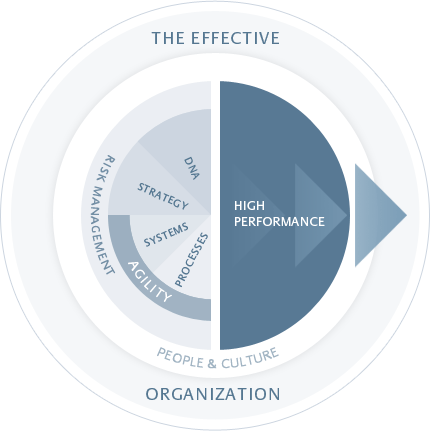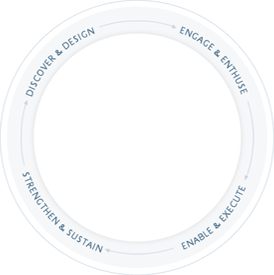Minimizing the Impact of the Threats that could stop
your Organization from achieving its Objectives.
Risk Management
Virtually every important business decision, initiative, program, project and action within an organization involves risk. A risk is a situation which may occur in the future and which, if it does occur, becomes or causes an issue. It could have an impact on an organization’s ability to achieve its objectives or, in a worst-case scenario could even bring an organization to ruin. However stable the Corporate DNA, however brilliant the Strategy and however encouraging the initiatives and programs to improve Organizational Agility are, one of the most critical performance drivers of an effective organization therefore is how well it masters risks. Risk Assessment is the means of choice to identify, analyse and evaluate risks, which is often used to inform important decisions. Risk Management expands the process of Risk Assessment into treatment, monitoring, control, and communication of those risks the organization decides to take. The better it is integrated in existing processes and systems of an organization, the more effective it is.
We work with our clients to effectively integrate and embed Risk Management into existing systems, planning processes and business processes and to apply it on all levels, across and throughout their organizations. We do this by providing a proven methodology, process and tools, with tailored implementation and facilitation.
The Effective High-Performance Organization =
(Corporate DNA + Strategy + Agility) x Risk Management
x People & Culture

